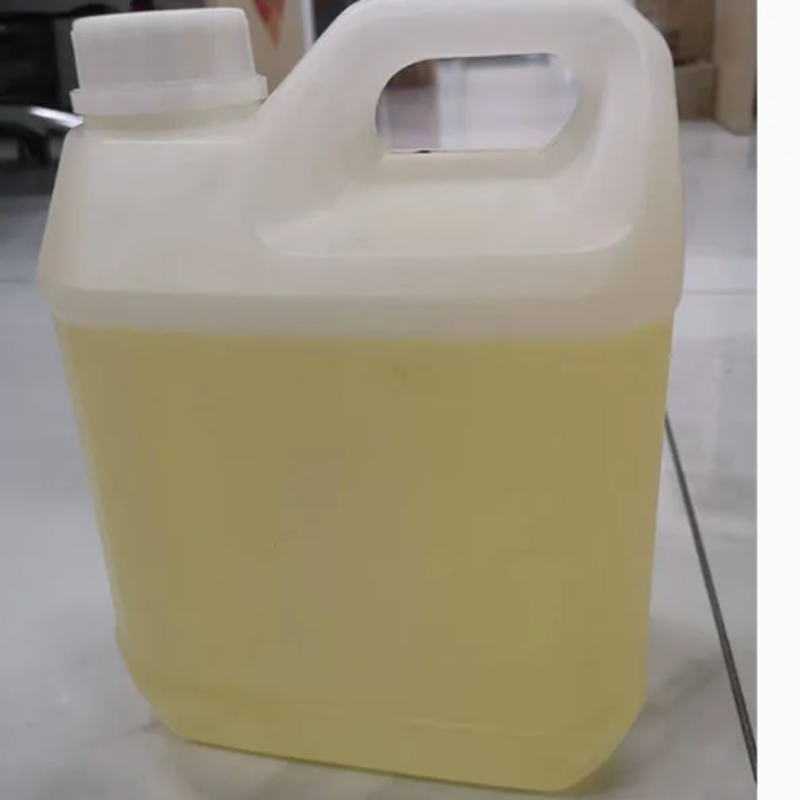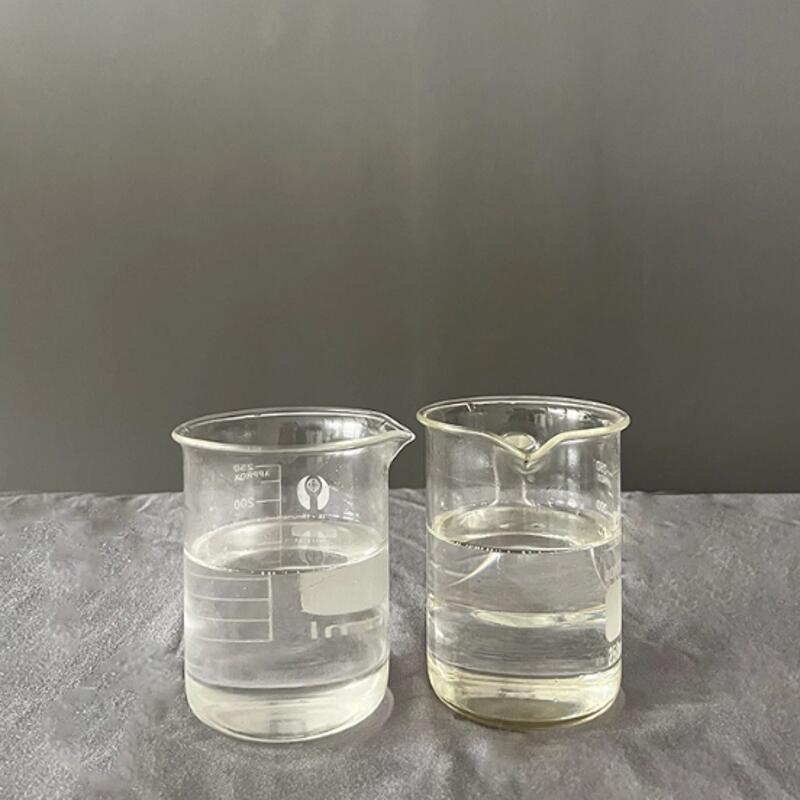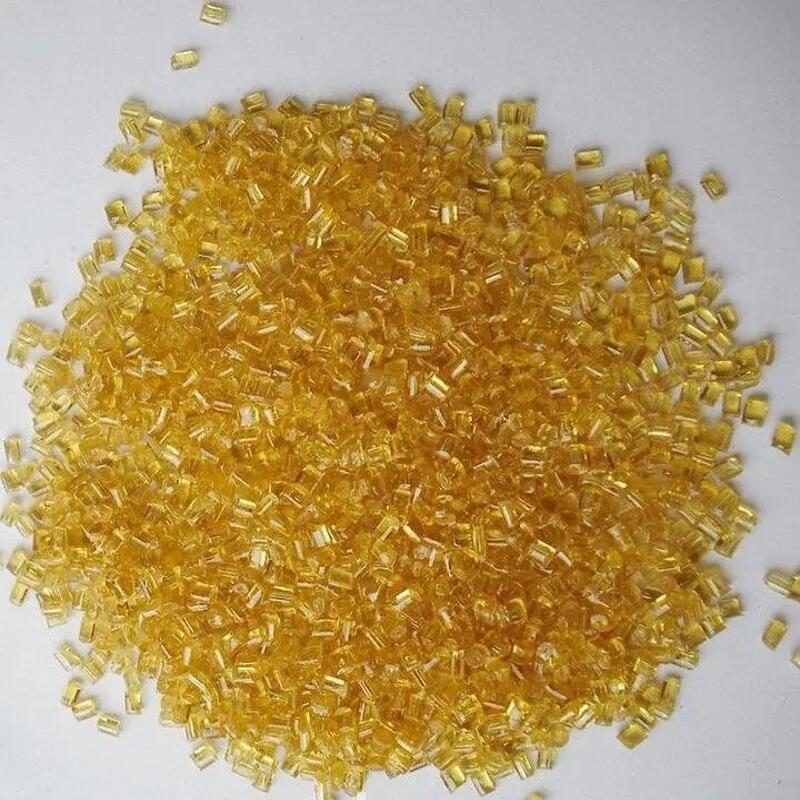-
Categories
-
Pharmaceutical Intermediates
-
Active Pharmaceutical Ingredients
-
Food Additives
- Industrial Coatings
- Agrochemicals
- Dyes and Pigments
- Surfactant
- Flavors and Fragrances
- Chemical Reagents
- Catalyst and Auxiliary
- Natural Products
- Inorganic Chemistry
-
Organic Chemistry
-
Biochemical Engineering
- Analytical Chemistry
-
Cosmetic Ingredient
- Water Treatment Chemical
-
Pharmaceutical Intermediates
Promotion
ECHEMI Mall
Wholesale
Weekly Price
Exhibition
News
-
Trade Service
In the Spring Festival of the Year of the Ox, new energy vehicles have a good start again
.
Rising sales, manufacturers increase investment to build factories
Rising sales, manufacturers increase investment to build factoriesAccording to data released earlier by the China Association of Automobile Manufacturers (CAAM), in January this year, the production and sales of new energy vehicles in China reached 194,000 and 174,000, up 285.
8% and 238.
5% year-on-year, respectively
.
In fact, not only in China, but also the sales of new energy vehicles in Europe are on the rise
.
The rise in sales of new energy vehicles has attracted many companies to invest in the construction of car factories and battery production facilities
.
For example, Ford announced on February 17 that it would invest $1 billion in Germany to transform the existing Ford Cologne assembly plant into the Ford Cologne electric vehicle manufacturing center, which is also Ford's first electric vehicle factory in Europe
.
The company's sister start-up, Britishvolt, said it plans to build a 2.
6 billion pound ($3.
6 billion) battery factory in the UK
.
Teijin also announced this week that it will invest 10 million euros to install a new fiberglass sheet molding compound (GF-SMC) production line at Benet Auto Parts
.
In China, the first phase of CATL's Zhaoqing production base in Guangdong has a planned construction capacity of 25GWh, with an investment of 12 billion yuan.
and other fields of the new energy industry chain
.
As one of the important raw materials for new energy vehicles, plastics have increasingly become the focus of car manufacturers for their process and performance requirements
.
At the same time, higher requirements are also placed on the material research and development capabilities and rapid response capabilities of material suppliers
.
Battery cooling cross water pipe
Battery cooling cross water pipeInjection-molded parts supplier Viking Plastic has unveiled a battery-cooling crossover hose for the Jeep Wrangler 4xe plug-in hybrid
.
Battery cooling crossover hoses designed and manufactured by Viking Plastics
The hybrid battery assembly consists of a series of cells housed within a large aluminium moulded housing
.
Coolant circulates through channels in the aluminum tubes to cool the battery
.
Plastic coolant tubes from Viking Plastics are used to connect the coolant passages in different areas of the battery housing.
The coolant passages must be properly aligned with the housing to provide a leak-proof seal on the flange around the coolant opening
.
According to reports, since this pipe is made of plastic and bolted to the aluminum casing, Viking Plastics inserts the mold on the stainless steel pressure limiting sleeve during the injection molding process
.
Viking Plastics said it has developed a series of molds for each product
.
Robots are integrated into injection molding systems and end-of-arm tooling (EOAT) customized for each product
.
The EOAT interfaces with a custom system that feeds and aligns inserts for the robot to pick up and place into the mold
.
After molding, the part is transferred to a new Branson vibration welder, which welds the top and bottom of the part together
.
After soldering is complete, the parts are processed through a cleaning station and the push-fit seals are installed into the orifices of the assembly
.
Finally, parts placed in specific nests need to be tested for leaks and error correction before packaging and delivery
.
10% weight reduction of power battery case
10% weight reduction of power battery caseHow to expand battery capacity and improve kinetic energy recovery efficiency, thereby extending the cruising range of electric vehicles, is a topic of great concern at the moment
.
Reducing the weight of vehicle components also helps reduce driving resistance (eg, rolling resistance, uphill resistance, acceleration resistance), thereby reducing energy consumption
.
Evonik and partners develop solutions for electric vehicle power battery housings
.
Evonik, together with Forward Engineering, LION Smart, Lorenz Kunststofftechnik and Vestaro (a joint venture between Evonik and Forward Engineering), has been developing modular multi-material technology since the end of 2019, and recently launched a brand-compatible , Cost-effective power battery housing solution
.
Compared with other common material combinations, this solution can reduce the weight of the battery case by about 10% without any loss of mechanical properties
.
According to reports, this solution is suitable for batteries of 65 kWh, 85 kWh and 120 kWh, and can be adapted to a variety of vehicle size classes
.
Among them, the battery case is made of glass fiber (GF) - sheet molding compound (SMC), and Evonik VESTALITE.
S high-performance epoxy curing agent is used in the production of this material
.
The performance level of the SMC battery case using the VESTALITE.
S system is comparable to that of the traditional metal-based battery case, and at the same time, the weight is greatly reduced compared with the existing higher cost SMC battery case
.
The mechanical properties such as flexural strength and impact strength of glass fiber reinforced epoxy SMC are extremely outstanding
.
Replacing traditional polyester resins with epoxy resins can reduce other issues that arise during downstream processing of glass fiber reinforced SMC materials
.
In addition, the SMC material meets all fire performance criteria, is easy to process, and is suitable for complex geometric designs
.
At present, this new battery case solution has passed the feasibility assessment of mass production and safety testing under extreme conditions
.
In addition, the partner Lorenz Kunststofftechnik has developed a well-established recycling system for glass-fibre-reinforced SMC materials that meets the increasing sustainability demands of the automotive industry and further demonstrates the value of this new material
.
The market size of automotive plastics for new energy vehicles has grown by over 26% annually
The market size of automotive plastics for new energy vehicles has grown by over 26% annuallyAccording to the research report of market and market, the compound annual growth rate of the automotive plastics market for new energy vehicles is expected to reach 26.
9%, from 797 million US dollars in 2020 to 2.
621 billion US dollars in 2025
.
Whether it is instrument panels, seats, interior parts, bumpers, or parts such as body, battery and engine, lighting, etc.
, automotive plastics (ABS, PU, PA, PC, PVB, PP, PVC, PMMA, HDPE, LDPE, PBT) will go a long way
.







